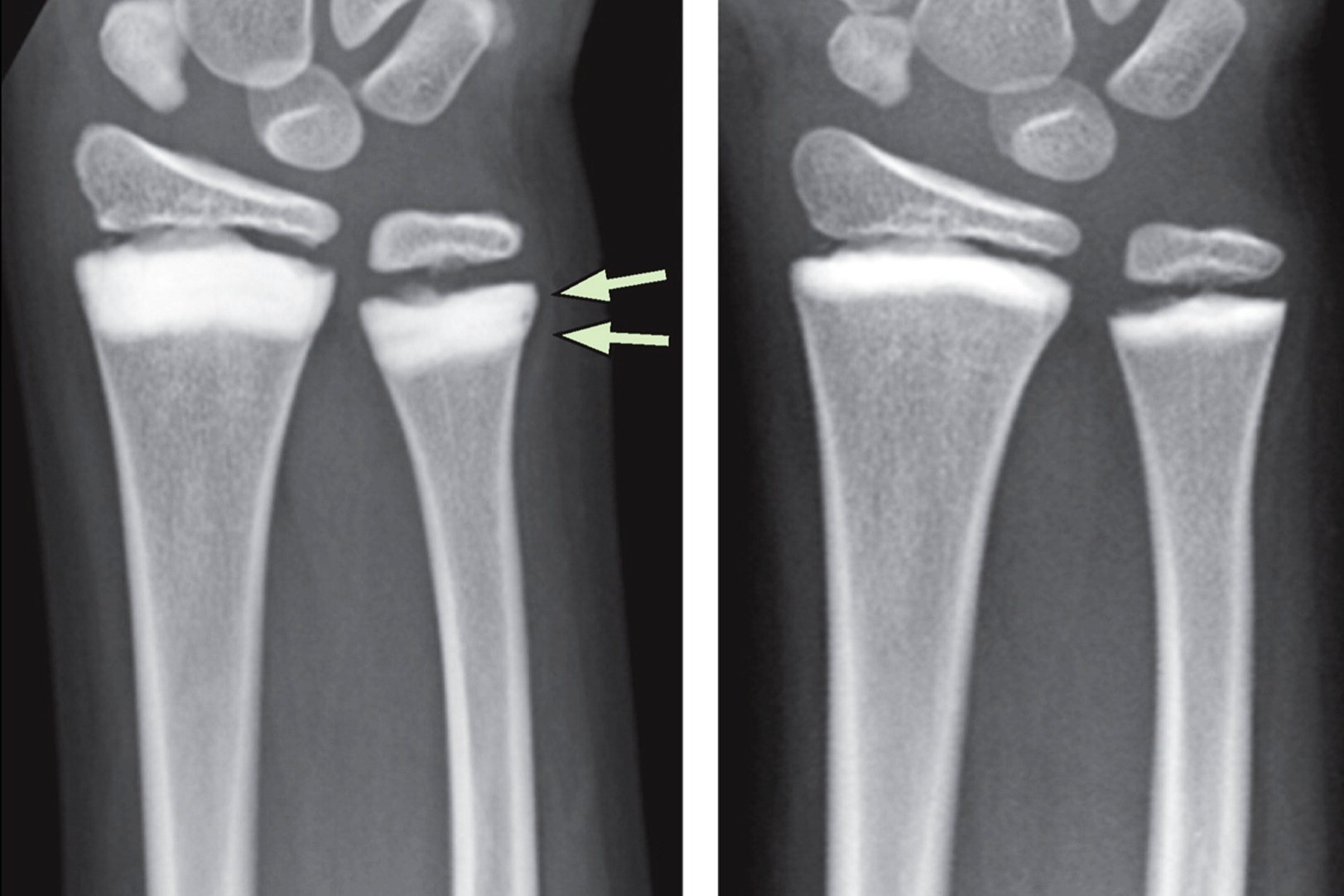
What is osteosclerosis? Osteosclerosis is a condition where bones become abnormally dense and hard. This can lead to various health issues, including pain, fractures, and limited mobility. Unlike osteoporosis, which makes bones brittle, osteosclerosis thickens them. Causes range from genetic disorders to infections and certain cancers. Symptoms might not always be obvious, but they can include bone pain, joint stiffness, and frequent fractures. Diagnosing osteosclerosis often involves X-rays, MRIs, or bone biopsies. Treatments vary based on the underlying cause and can include medications, lifestyle changes, or surgery. Understanding osteosclerosis is crucial for managing its impact on daily life.
What is Osteosclerosis?
Osteosclerosis is a condition where bones become abnormally dense and hard. This can lead to various health issues. Let's dive into some interesting facts about this condition.
-
Osteosclerosis is often detected through X-rays, where bones appear unusually white and dense.
-
It can be caused by genetic factors, certain diseases, or even environmental influences.
-
Some common diseases associated with osteosclerosis include osteopetrosis, Paget's disease, and sickle cell anemia.
-
Osteosclerosis can affect any bone in the body, but it most commonly impacts the spine, pelvis, and long bones.
Symptoms of Osteosclerosis
Recognizing the symptoms can help in early diagnosis and treatment. Here are some key symptoms to watch out for.
-
People with osteosclerosis may experience bone pain, which can range from mild to severe.
-
Increased bone density can lead to frequent fractures, as the bones become more brittle.
-
Joint pain and stiffness are also common symptoms, especially in the hips and knees.
-
In severe cases, osteosclerosis can cause nerve compression, leading to numbness or weakness.
Diagnosis and Tests
Diagnosing osteosclerosis involves a series of tests and examinations. Here’s what you need to know.
-
X-rays are the most common diagnostic tool, revealing dense and white bones.
-
Bone density scans, also known as DEXA scans, measure the density of bones and help in diagnosis.
-
Blood tests can identify underlying conditions that might be causing osteosclerosis, such as high levels of calcium or alkaline phosphatase.
-
Genetic testing may be recommended if a hereditary condition is suspected.
Treatment Options
Treatment for osteosclerosis varies depending on the underlying cause and severity. Here are some common approaches.
-
Medications like bisphosphonates can help manage bone density and reduce pain.
-
Physical therapy is often recommended to improve mobility and strengthen muscles around affected bones.
-
In severe cases, surgery might be necessary to relieve nerve compression or correct bone deformities.
-
Lifestyle changes, such as a balanced diet rich in calcium and vitamin D, can support bone health.
Impact on Daily Life
Living with osteosclerosis can be challenging. Understanding its impact can help in managing the condition better.
-
Chronic pain and frequent fractures can limit physical activities and affect quality of life.
-
Joint stiffness may make everyday tasks, like walking or climbing stairs, difficult.
-
Emotional and mental health can also be impacted, leading to stress or depression.
-
Support from family, friends, and healthcare professionals is crucial for managing the condition effectively.
Interesting Facts
Here are some lesser-known facts about osteosclerosis that might surprise you.
-
Osteosclerosis can sometimes be asymptomatic, meaning people may not realize they have it until an X-ray reveals it.
-
Certain medications, like fluoride and vitamin D, can sometimes cause osteosclerosis as a side effect.
-
The condition is more common in older adults, but it can affect people of all ages.
-
Osteosclerosis can sometimes be mistaken for other bone conditions, making accurate diagnosis crucial.
-
Research is ongoing to better understand the genetic factors involved in osteosclerosis.
-
Early diagnosis and treatment can significantly improve outcomes and quality of life for those affected.
Final Thoughts on Osteosclerosis
Osteosclerosis might sound intimidating, but understanding it helps. This condition involves abnormal bone hardening, often due to genetic factors, infections, or other diseases. Symptoms can range from mild to severe, affecting mobility and overall health. Early diagnosis and treatment are crucial for managing the condition effectively. Regular check-ups, a balanced diet rich in calcium and vitamin D, and staying active can help maintain bone health. If you or someone you know shows signs of osteosclerosis, consulting a healthcare professional is essential. Knowledge is power, and being informed about osteosclerosis can make a significant difference in managing and improving quality of life. Stay proactive about your bone health, and don't hesitate to seek medical advice when needed.
Was this page helpful?
Our commitment to delivering trustworthy and engaging content is at the heart of what we do. Each fact on our site is contributed by real users like you, bringing a wealth of diverse insights and information. To ensure the highest standards of accuracy and reliability, our dedicated editors meticulously review each submission. This process guarantees that the facts we share are not only fascinating but also credible. Trust in our commitment to quality and authenticity as you explore and learn with us.
